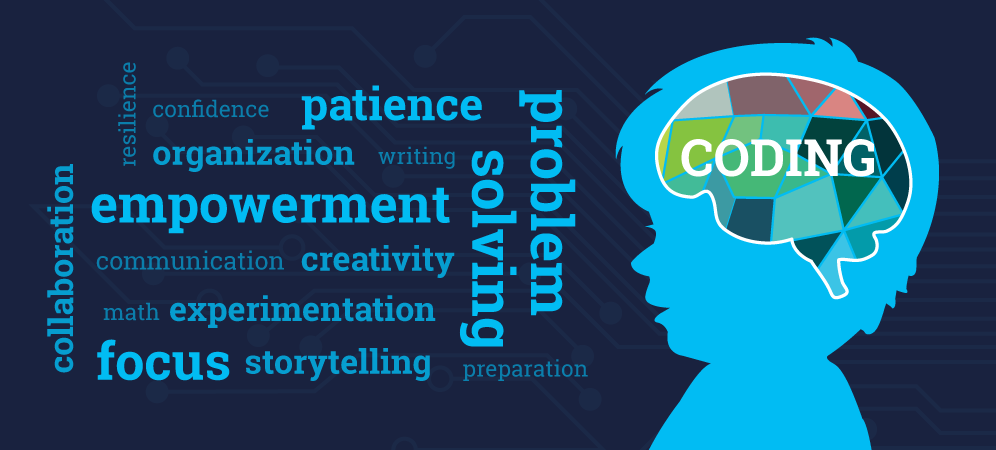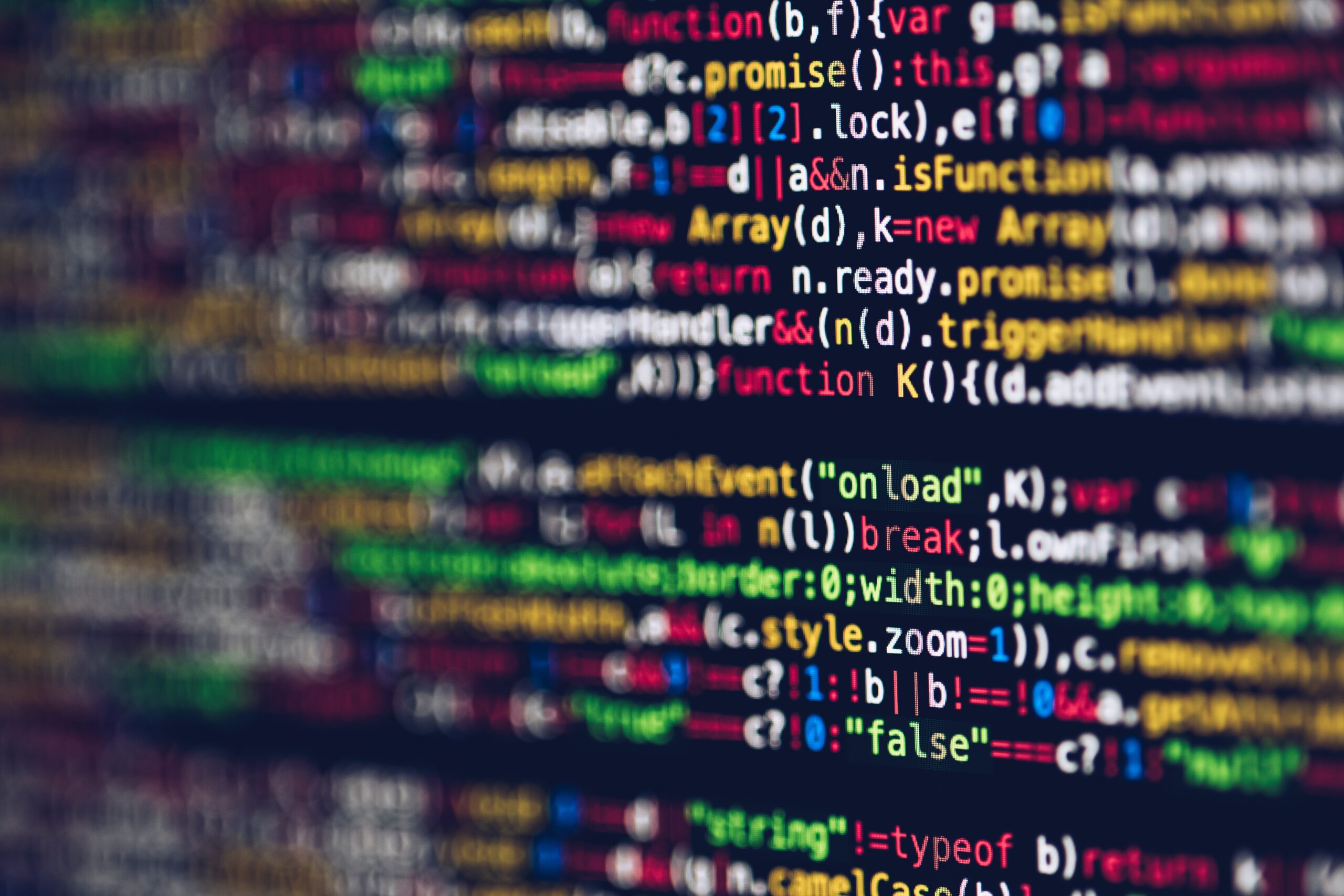WHY USE PYTHON FOR WEB DEVELOPMENT?
Web development could be a persevering task. There are a lot of coding languages that can be good for building an extraordinary product. All in all, which one should be picked among every one of them? In case there’s a language that has acquired cult status on web development frameworks and in the briefest time, it’s Python.
Any programming language’s decision relies upon how hearty and responsive the end application is planned to be and the volume of coding and intricacies it might include. As an Object-Oriented Programming Language zeroed in on Rapid Action Development (RAD), Python has roused many arising associations and new companies to pick it as the best option. Engineers have recognized the numerous critical benefits that recommend Python for web development and how it can rapidly adjust to technology changes.
This blog post will introduce you to Python attributes and how python developers embed the python itself into the web development domain. We will talk about the advantages of using Python and explain the two most famous web development frameworks: Django and Flask.
What is Python?
Python was first created in 1991 by Guido van Rossum. It’s a way of thinking features code meaningfulness, which is clarified by its basic language structure, namespaces, and unbending nature towards space. The clearness and readability of Python make it ideal as an initiation language for many people. Tim Peters described the language beautifully using 19 aphorisms, which are known as the Zen of Python:
Beautiful is better than ugly.
Explicit is better than implicit.
Simple is better than complex.
The complex is better than the complicated.
The flat is better than nested.
Sparse is better than dense.
Readability counts.
Special cases aren’t special enough to break the rules.
Although practicality beats purity.
Errors should never pass silently.
Unless explicitly silenced.
In the face of ambiguity, refuse the temptation to guess.
There should be one– and preferably only one –obvious way to do it.
Although that way may not be obvious at first unless you’re Dutch.
Now is better than never.
Although never is often better than *right* now.
If the implementation is hard to explain, it’s a bad idea.
If the implementation is easy to explain, it may be a good idea.
Namespaces are one honking great idea –let’s do more of those!
Python is a simple but powerful language that runs smoothly on the most popular operating systems (Windows, Linux, and Mac). This language can adjust to the software engineer’s coding style (functional, imperative, or object-oriented), implying that developers can use the style that best suits the given task. Python can be used for web development as well as in a wide range of fields (Artificial Intelligence, Deep Learning, and the Internet of Things) and various ventures like Travel, Healthcare, Transportation, and Finance.
Numerous elite programming organizations (like Google, Intel, Microsoft, Dropbox, Instagram, Facebook, and Spotify) use Python in their services and, if they do it, then got the opportunity to mean something!
Why use Python for Web Development?
Most importantly, what is web advancement? Even though it might appear hard to characterize, web development can be viewed as a method of creating, building, and keeping up with sites. Normally, web development includes a front-end (all that connects with the client) and a back-end – hidden from the standard client – which contains all the business logic and interacts with a database. Python embeds itself in web development as a back-end language, and it is generally combined with some other front-end language (oftentimes javascript) to fabricate an entire site.
Back to our star question, the reason for using Python in web development is basic: it’s a versatile, flexible, and exceptionally proficient programming language that offers dynamic composing capacities. Python permits engineers to make logical applications, framework applications with designs, games, command-line utilities, web applications, and a lot more choices. Python has been considered as “the most famous coding language” for as long as a long time.
One more magnificent reason behind using Python is that it can be used and circulated for free. Known as an open-source product that works with a huge set of libraries, all the coding data required is accessible on the Internet, which implies that duplicating, embedding, and distributing Python in your product is unrestricted. This makes it extremely useful in the digital systems world once it conceives flexibility in the marketplace and allows companies to interact with many industry sectors. The result? A high-functioning and very successful product. Let’s check the main benefits:
Benefits of using Python for Web Development
Several factors simplify the use of Python for web development:
Easy to learn: – The simplicity of the syntax permits you to manage complex systems and guarantee communication between engineers working on a similar project is substantially more effective. A language that is not difficult to learn implies that amateur developers or engineers who don’t have any involvement with python can get familiar with the language and join the development team quicker.
Good readability: – The fact that python is similar to our everyday language and its emphasis on readability means that its developers can write understandable code.
Complex tasks on the back-end: Python is an advanced coding language that allows you to do complex tasks on the back-end, including AI and Data Science as well as any other common task in other programming languages.
High popularity among web development: Normally, this characteristic can be viewed as a list of how appropriate/great a language is, yet this is likewise a benefit for troubleshooting our application. In case you are battling with some bug or don’t know exactly how to carry out another element, there most likely exists somebody on the web who previously had a similar issue, and discovering an answer is a couple of snaps away.
Wide range of libraries: There are a lot of python libraries that you can use to accelerate the development of your application. These libraries are packages of pre-written code available to everyone, so you don’t have to reinvent the wheel. Some of the libraries are Numpy, scitLearn for data analysis and mathematical algorithms, and x for composable SQL queries.
Good Frameworks: Some of the most famous web development frameworks for python include Django, Flask, Pyramid, Web2Py, and Turbogears. These frameworks are like toolboxes meaning to assist you with accelerating the development of a web application. They contain packages and modules of normalized code to help you in a few application regions (URL directing, accessing the database, HTTP requests, and responses ).
In the next two sections, we will introduce and discuss the two most popular web development frameworks for python: Django and Flask.
What is Django?
Django is a back-end python web development framework for building complicated and adaptable sites, and it very well is the reason for python’s ascent in ubiquity somewhat recently. Django uses the model-view template (MVT) architecture, an example dependent on a bunch of best practices for getting sorted out your code.
Model: The model is the thing that ties your application to the database. Ordinarily, a model addresses a table in the database and characterizes what and how your application gets to the database. It improves the tasks of creating, deleting, or updating table entries.
View: The view is the user interface. It renders the templates and defines what you see and the behavior of it. It is composed of HTML, CSS, and javascript files.
Template: This is the desired static HTML structure file with special syntax. It describes the inserted content.
Django follows a “batteries included” reasoning, which implies that standard functionalities for building web applications should accompany the systems. Along these lines, simply introducing Django on the device, will permit you to approach the user authentication system, URL routing, the template engine, Object Relational-Mapper (ORM), and database schema migrations. This makes the initial application setup very fast and, if you require additional tools, Django has more than 4000 extra downloadable packages that can be used according to your project needs.
In addition to this, Django has very detailed documentation. With it being around for a long time (2005), many helpful practice tutorials are readily available on the internet. Being proficient in Django will make application development pragmatic, fast, and clean. Over the years, many popular websites were built using Django – that’s the case of Spotify, Instagram, and Youtube.
What is Flask?
Armin Ronacher developed Flask, in 2010, as a back-end Python framework broadly known as Django’s alternative for web development. Being later than Django, Flask’s maker used the Python web development local area to base his insight as he fabricated this new framework.
After Flask’s underlying achievement, the creator made “The Pallets Projects”, an assortment of libraries to assist engineers with their web development needs. Regardless of whether Django and Flask fill similar development needs, they have different methods of reasoning.
Flask comes only with two main components: The Jinja 2 template engine – to help build HTML templates – and the Werkzeug (a scary german word), a tool that provides HTTP routing support. Because of its simplicity, Flask is considered a microframework that doesn’t force you to work with a large predefined set of tools like Django. Instead, Flask comes with the bare minimum, leaving the developer to decide what tools should be used. For this reason, Flask is considered a more pythonic framework of the two.
The Flask minimalistic approach means that applications can be developed with minimal boilerplate code and, when handled by experienced developers, Flask can produce extremely straightforward applications (code-wise). However, the framework flexibility and the available tools allow the application’s functionalities to extend as the project requirements change or evolve.
In short
Python is an amazing coding language that has been around for a long time. Its simple syntax makes it ideal as a first-choice language for beginners, yet it is powerful enough to be behind some of the worlds’ most popular websites.
Both of its most popular frameworks – Django and Flask – have their merits, and you can go with either of them to build your web application. Yet, if you are a less experienced developer, we recommend using Django once it provides easier and faster web development. There’s a popular saying in the Python community that is both funny and self-explanatory: “Pirates use Flask, The Navy uses Django.”

